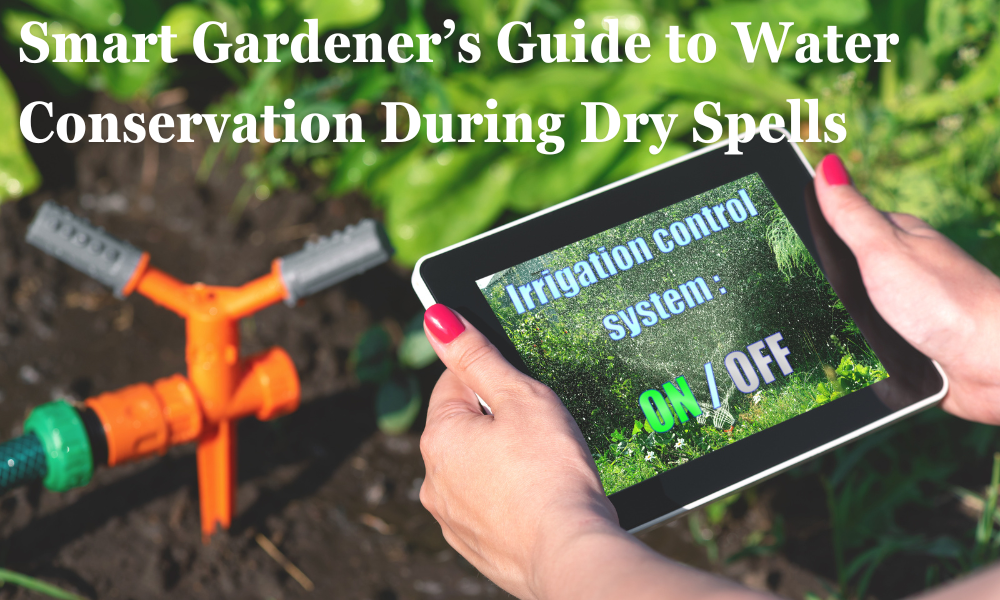
Efficiently managing water in your garden during the dry season is not only essential for keeping your plants healthy but also for conserving this precious resource. By adopting the right practices and strategies, you can enjoy a lush, thriving garden while using water wisely. In this guide, we will explore the key steps to efficiently water your garden during the dry season.
Assess Your Garden's Water Needs
The first step in water-efficient gardening during the dry season is to assess your garden's specific water requirements. Understanding your local climate and the duration of the dry season is crucial. Different plants have varying needs, and some are more drought-resistant than others. Identify water-sensitive plants that may require extra attention or placement in shaded areas.
Soil Preparation
Preparing your soil is a vital component of water-efficient gardening. Improving soil structure can help it retain moisture for longer periods. Adding organic matter, such as compost, to the soil not only enhances its water retention capacity but also provides essential nutrients to your plants. Another effective technique is to apply a layer of mulch to the soil's surface. Mulch acts as a barrier that reduces evaporation and keeps the soil cool, helping to conserve moisture. It helps the soil retain moisture for longer periods and minimizes the need for frequent watering.
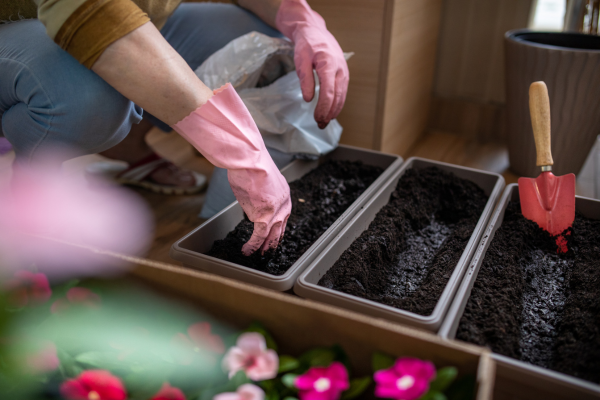
Watering Schedule
Creating a watering schedule based on your garden's unique requirements is essential. Factors that influence the frequency of watering include your plant types, soil conditions, and the weather. Pay close attention to your plants, and adjust your schedule as necessary.
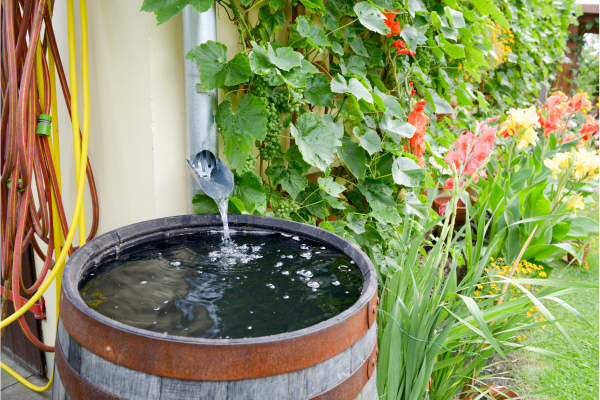
Water-Saving Tools
In addition to efficient watering techniques, there are tools that can help you save and reuse water. Rain barrels and collection systems, for example, are excellent for harvesting rainwater. They store water that can be used during the dry season, reducing your reliance on potable water sources. Set up rain barrels beneath downspouts to collect runoff from your roof. You can then attach a hose to the barrel's spigot and use the collected rainwater to irrigate your garden.
Watering Techniques
Drip Irrigation
Drip irrigation is an efficient method of watering that delivers water directly to the base of each plant, minimizing water wastage. Installing a drip irrigation system can be a long-term investment that saves water and time. Regular maintenance is essential to keep it functioning optimally.
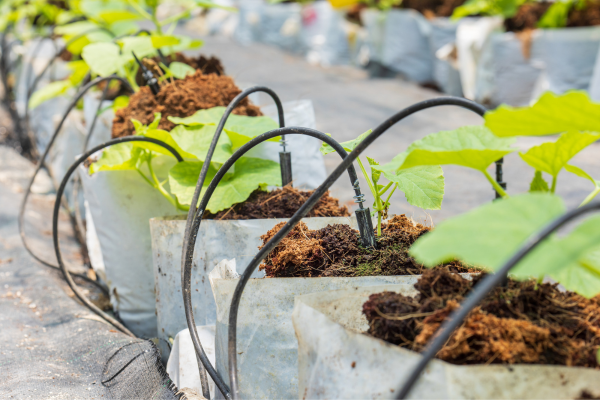
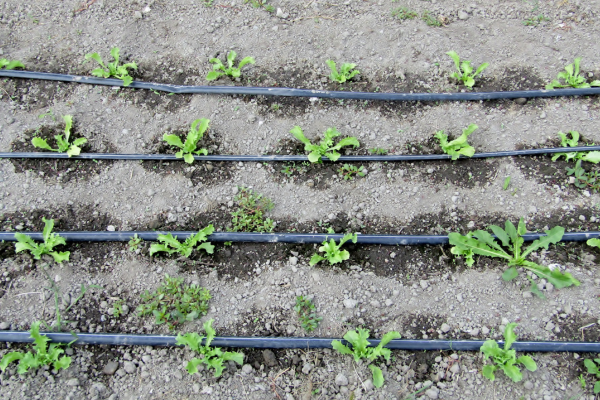

Soaker Hoses
Soaker hoses are another great option for efficient watering. These hoses release water slowly along their length, ensuring that the soil absorbs the moisture without runoff. Proper placement of soaker hoses is key to their effectiveness. They can be laid along rows or around individual plants, delivering water where it's needed most.
Hand Watering
While automated systems like drip irrigation and soaker hoses are effective, there's no substitute for the care and attention you provide when hand watering your garden. Use a watering can or hose with a controlled nozzle to direct water precisely where it's needed. Hand watering allows you to monitor each plant's condition and respond to specific needs.
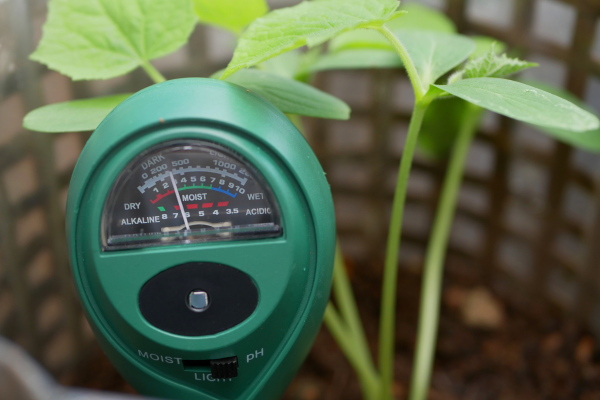
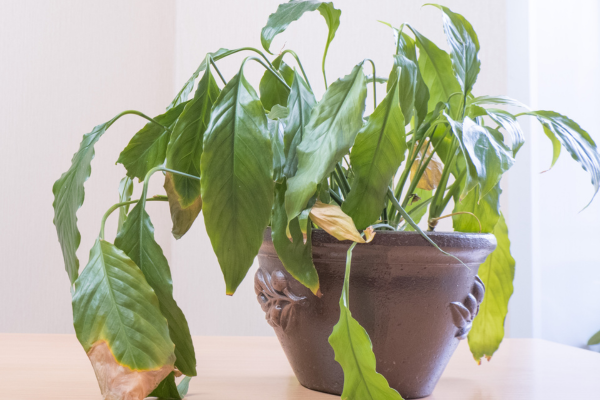
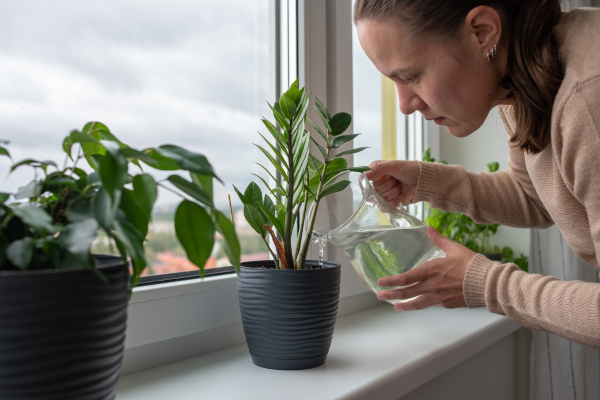
Watering Best Practices
To make the most of your watering efforts, follow these best practices:
Water Early in the Morning: Early mornings are the best time to water your garden, as the cooler temperatures reduce evaporation, allowing the soil to absorb the moisture effectively.
Monitor Soil Moisture: Use a moisture meter or simply stick your finger into the soil to assess its moisture level. This helps you avoid watering when it's not needed
Avoid Overwatering: Overwatering can be just as harmful as under watering. Monitor your garden for signs of water stress, like wilted leaves, before watering again.
Adjust for Plant Types: Different plants have different water requirements. Group plants with similar needs together to avoid over or under watering. Additionally, consider vertical gardening techniques to maximize space and provide shade, reducing water loss through evaporation.
Water the Roots, Not the Leaves: Water the base of the plant to prevent leaf diseases and ensure the roots receive moisture.
Testing your water for plants is super important because it helps make sure your plants get the right stuff they need to grow well. It checks things like water's pH, salt levels, and other stuff that can harm your plants. When you use good water, your plants stay healthy and grow better.
Test the Quality of Your Water.
Not all water is the same. Testing your water for plants is super important because it helps make sure your plants get the right stuff they need to grow well. It checks things like water's pH, salt levels, and other stuff that can harm your plants. When you use good water, your plants stay healthy and grow better. For reliable tests kits that can provide accurate results in seconds, go for SJ Wave water test kits. Visit their website and learn more about the different test kits for all your water source.

Conclusion
Efficiently watering your garden during the dry season is essential for both the health of your plants and the conservation of water resources. By assessing your garden's water needs, preparing your soil, choosing the right watering techniques, implementing water-saving tools and practices, and regularly testing the quality of the water you use for your plants, you can create a thriving, sustainable garden that blooms even in the harshest dry seasons. Remember that water conservation and water testing not only benefits your garden but also contributes to a more environmentally responsible approach to gardening.

